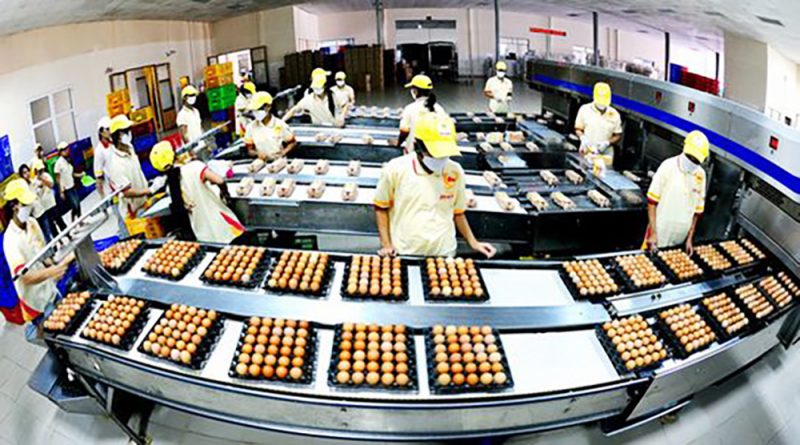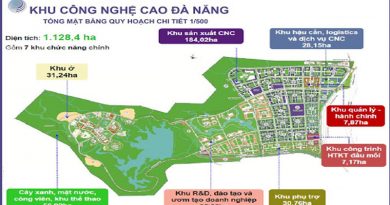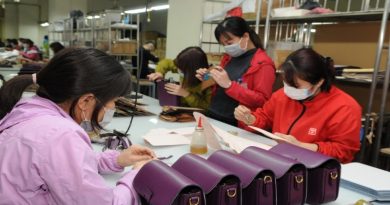Foreign investors eye Vietnam’s food processing industry
Steady growth and preferential policies have made Vietnamese food processing industry increasingly attractive to foreign investors.
Vietnam, with more than 94 million consumers and an abundant material source, has recently witnessed many merger and acquisition (M&A) deals in the food processing industry.
VinaCapital Vietnam Opportunity Fund (VOF), the flagship fund of VinaCapital, has recently invested US$32.5 million to acquire a significant minority stake in Ba Huan JSC, Vietnam’s leading producer of pasteurized eggs and poultry meat. VOF may also invest a moderate amount of additional capital during the next 12 months as it delivers on mutually agreed-upon milestones.
“This private equity investment is consistent with our strategy of focusing on companies operating in the sectors of the economy benefitting from strong domestic growth. Vietnamese food and beverage companies in particular have tremendous growth opportunities ahead of them as consumers spend more on high-quality and healthy products,” said Andy Ho, managing director of VOF.
Minh Hung Group (Vietnam), MHEnviron Group (Canada) and Avure Technologies – a member of the US’s JBT Group – has also co-developed a VND500-billion HPP (high pressure processing) technology food manufacturing and processing plant in Long An province’s Ben Luc district. The 15-hectare plant makes pho (noodle soup served with beef or chicken meat), Hue beef noodle, and fruit juices, mainly for export to North America and Europe.
Earlier, South Korea’s CJ Cheil Jedang Group (CJ) also implemented a series of M&A deals to expand its market share in Vietnam. CJ bought the Ong Kim brand, spent more than VND300 billion (US$13 million) to buy 4% plus of Vissan shares, and acquired Cau Tre Food Processing Joint Stock Company and renamed it CJ Cau Tre.
A CJ representative said the group is expected to reach food revenues of US$700 million by 2020 by providing domestic and foreign markets with a variety of healthy products compliant with consumer tastes.
Investment potential
Vietnam’s food and beverages industry has enjoyed strong growth in recent years, Ly Kim Chi, president of the Ho Chi Minh City Food and Foodstuff Association said, adding that the market is expected to maintain its high growth rate in the coming years and rank third in Asia.
The industry has been growing steadily at about 7% in the last five years. Annual food consumption value in the country was estimated to make up 15% of the GDP and the quantity also increases by approximately 10% per year.
A report of Business Monitor International forecast that the growth speed of the food industry in Vietnam will maintain an annual dual growth of 10.9% in 2017-2019 and consumption demand will focus on food and necessities, thanks to people’s increasing income and a trend of using high value products.
According to Chi, today’s consumers were willing to pay more for healthy and natural products. As a country with a strong agricultural sector, Vietnam is able to provide a wide range of ingredients for the local food and drink industry, while the robust expansion of convenience store chains has been facilitating distribution and consumption.
Food production and processing, especially milk, beverages, confectionery, and cooking oil, are seen as the most lucrative market segments. According to data from the Ministry of Industry and Trade, fresh milk consumption is forecast to reach 27-28 liters per person per year in 2020 and beverage consumption will hit 6.8 billion liters in 2020 and 9.1 billion liters in 2025.
In addition, food processing is currently one of the priority industries in Vietnam’s development plan, with initiatives to increase yield and the export value of agricultural and processed food products.
Prioritized projects are exempt from the tax altogether for up to four years, followed by a 50% reduction for the nine following years. They are also exempted from paying import taxes on production serving technology.
Source: hanoitimes.vn









